AJM42 – How Yorkshire scientists helped convict Australian murderer Bradley Robert Edwards from just a "fraction of a nanogram" of DNA
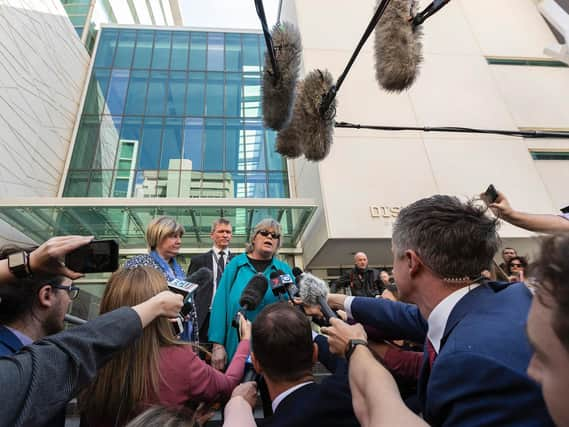

On a night in March 1997, 27-year-old Ciara Glennon tried desperately to fight off a man as he attacked her on the outskirts of Perth, Australia.
In her struggle for survival, "a fraction of a nanogram" of her attacker's DNA was left under her fingernail which would later be sent to the other side of the planet and analysed by scientists in Yorkshire. The sample, named AJM42, would bring justice for her and three other women.
Advertisement
Hide AdAdvertisement
Hide AdBradley Robert Edwards was convicted on Thursday of the murder of Ms Glennon and 23-year-old Jane Rimmer in the country's notorious Claremont killings – a case which haunted Australia for nearly 25 years and has been described as the longest-running and most expensive investigation in its history.
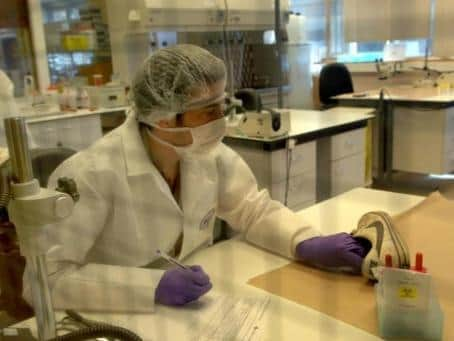

The two women disappeared in 1996 and 1997 following nights out in Claremont, Perth. Their bodies were found dumped in bushland on the outskirts of the city. A third woman, 18-year-old Sarah Spiers, had also disappeared in similar circumstances in 1996. Although she is presumed dead, her body has never been found. Edwards was cleared of her murder.
But scientists at a laboratory on an unassuming industrial estate in Wetherby were the crux in bringing Edwards to justice.
World-renowned DNA expert Dr Jonathan Whitaker, from Harrogate, was working at the Forensic Science Services laboratory in 2008 when it was sent a DNA sample from Australian authorities.
Advertisement
Hide AdAdvertisement
Hide AdThe DNA had been extracted from underneath Ms Glennon's fingernail following the discovery of her body, but was so minuscule that forensics teams Down Under were unable to build a full profile from it. There was simply not enough to work with.
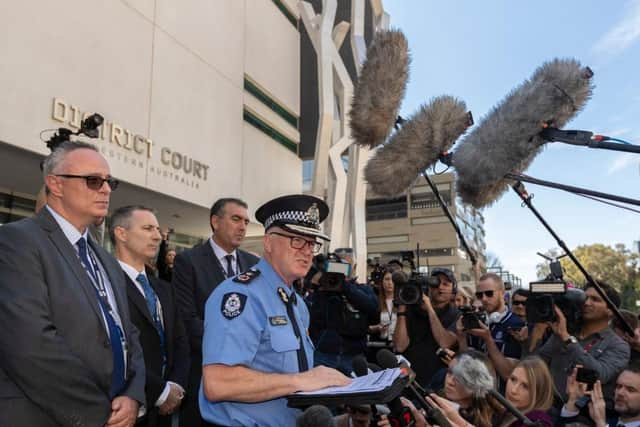

The sample, later described in court as a "fraction of a nanogram", was shipped to the other side of the world in a desperate bid to catch the Claremont killer, as DNA research in Britain was known to be some of the most advanced.
Dr Whitaker was among the scientists who helped develop an incredibly sensitive DNA test known as the Low Copy Number method, able to build full human profiles from the smallest-known samples. It was the same method which helped convict Bradley Murdoch for the murder of Huddersfield backpacker Peter Falconio.
Dr Whitaker managed to extract Bradley Murdoch's DNA from underneath thin tape wrapped around cable ties used to handcuff Mr Falconio's girlfriend Joanne Lees when the couple were pulled over while driving across Australia's Northern Territory in July 2001. Ms Lees managed to fight off Murdoch and ran to hide in a bush. Mr Falconio's body has never been found.Now Australian detectives were once again seeking the cutting edge technology for help catching the person responsible for the Claremont killings.
Advertisement
Hide AdAdvertisement
Hide Ad"We had a lot of international cases come in," said Dr Whitaker.
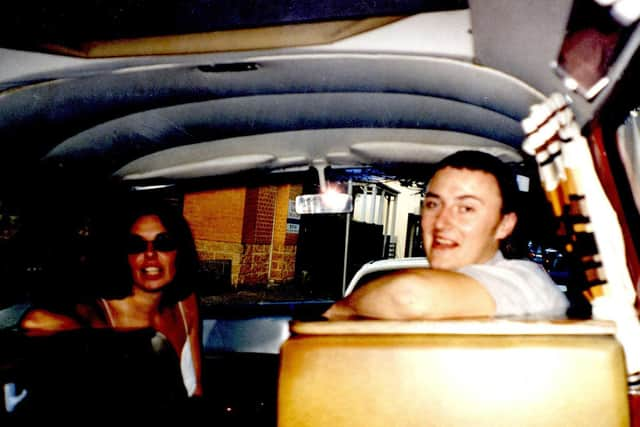

"Ours was a very sensitive technique which meant we could build DNA profiles from samples which were very small, or from old cases where the DNA had begun to break down. This meant we could revisit old cases which ought to have been put to bed.
"In 2008 samples from the girl’s fingernail were sent to the lab in Wetherby for this Low Copy Number test to be applied. We got a mixed profile matching both the DNA of the lady and to an unknown male. There was evidence she had put up a fight and could well have scratched her attacker."
The profile which Dr Whitaker and the team managed to build was put onto an Australian DNA database, and while there was no match to a name, it checked out as the same DNA on intimate swabs taken from a 17-year-old girl who was raped in an unsolved case in 1995.
Advertisement
Hide AdAdvertisement
Hide Ad"West Australian police were doing further work on samples from those other sexual offence cases on the premise he was operating in the area," Dr Whitaker added.
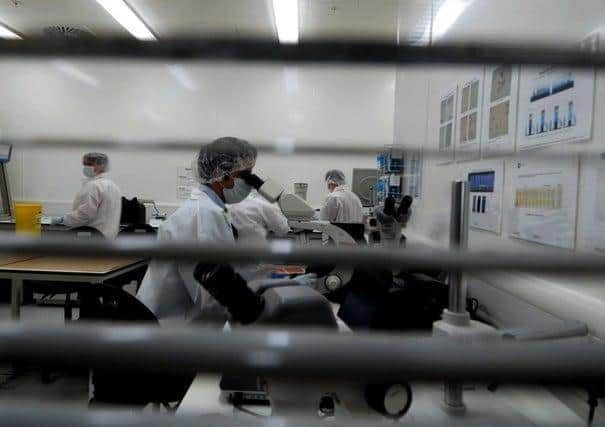

"In one of those cases he had broken into a victim’s house in 1988 and left a silk kimono which had his semen on it. He had also left fingerprints on a doorknob which they were able to match to Edwards because of an attack on a lady in a hospital he had committed when he was younger."
Now they had a name, detectives followed Edwards in a covert operation to gain the concrete evidence needed to show he was behind the Claremont killings.
When he was spotted throwing a Sprite bottle in a bin, police seized the opportunity and carefully extracted it for analysis. DNA left on Edwards' bottle proved an exact match to the same fraction of a nanogram found underneath Ciara Glennon's fingernail.
Advertisement
Hide AdAdvertisement
Hide AdEdwards was arrested in 2016 and charged with the murders of Ms Spiers, Ms Rimmer and Ms Glennon, as well as the indecent assault of the woman in the 1988 attack and the rape of the 17-year-old girl in 1995.
The trial into the Edwards case was one of the lengthiest in history, concluding last week with long-awaited guilty verdicts from a judge at the Western Australia Supreme Court in Perth.
Dr Whitaker travelled to Perth in April to give evidence in the case. Edwards had admitted to the sexual attacks in 1988 and 1995, and admitted to his DNA being under Ms Glennon's fingernail, but denied the murders.
Defence for Edwards argued the DNA sample from Glennon could have been contaminated by the sample from the 17-year-old rape survivor while they were being held in the same Australian laboratory, an argument which Dr Whitaker testified was "extremely unlikely".
Advertisement
Hide AdAdvertisement
Hide AdFibres found on Ms Glennon's body also matched the material from Edwards' work uniform and car upholstery, sealing the prosecution's case.
Dr Whitaker said he was "immensely pleased" the FSS' research had contributed to the closing of the case and justice for two of the three women.
"The Claremont Killings had been a bit like the Yorkshire Ripper case," he said.
"They affected people's ability to feel safe going out at night."
Advertisement
Hide AdAdvertisement
Hide AdThe FSS, which operated several other laboratories in the country alongside the one in Wetherby, closed in 2012 following the Government's privatisation of forensic science services. Dr Whitaker now works for Principal Forensic Services, set up as a result of the lab's closure.
Edwards will be sentenced later this year for the killings.
Support The Yorkshire Post and become a subscriber today.
Your subscription will help us to continue to bring quality news to the people of Yorkshire. In return, you'll see fewer ads on site, get free access to our app and receive exclusive members-only offers.
So, please - if you can - pay for our work. Just £5 per month is the starting point. If you think that which we are trying to achieve is worth more, you can pay us what you think we are worth. By doing so, you will be investing in something that is becoming increasingly rare. Independent journalism that cares less about right and left and more about right and wrong. Journalism you can trust.
Thank you
James Mitchinson (Editor)